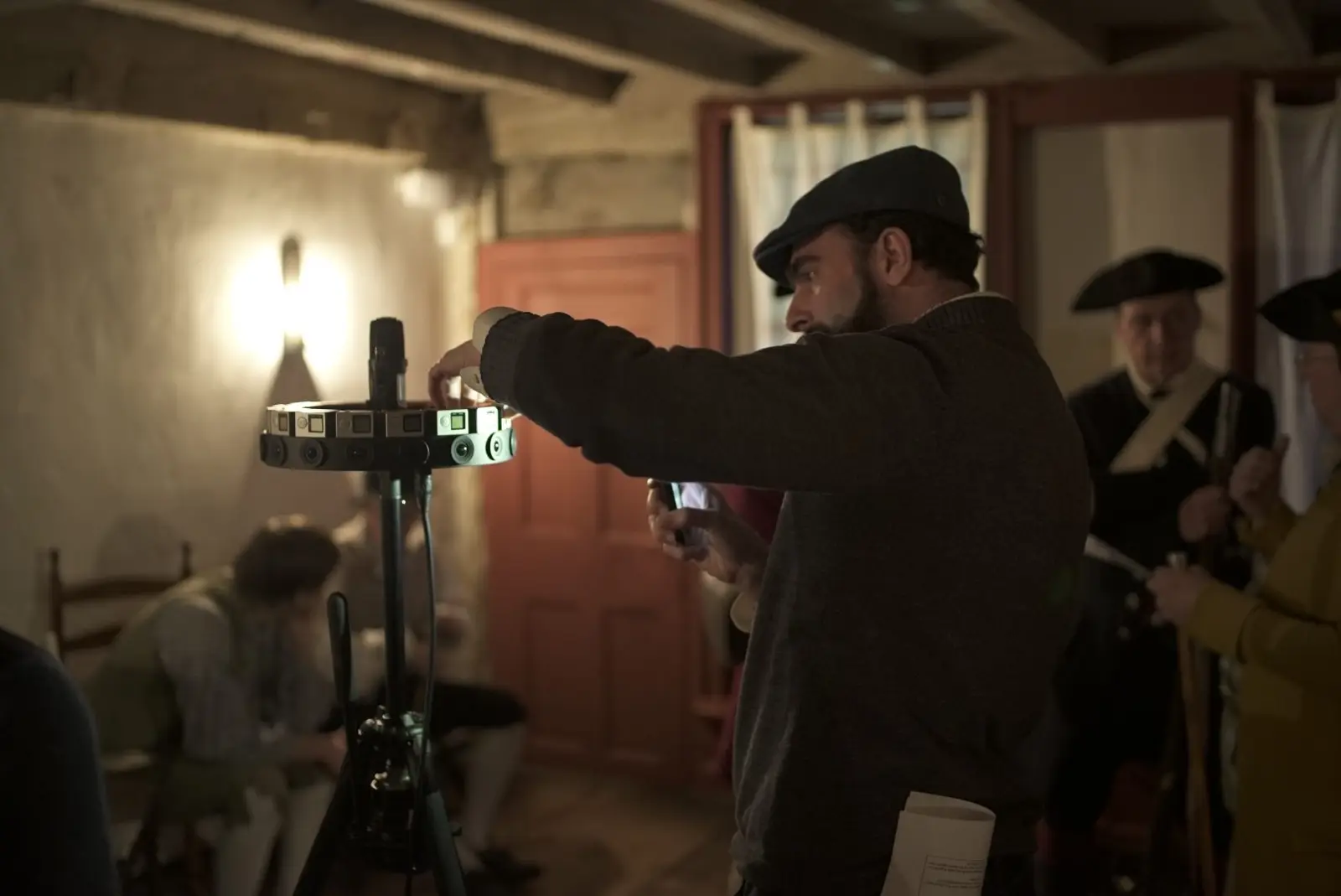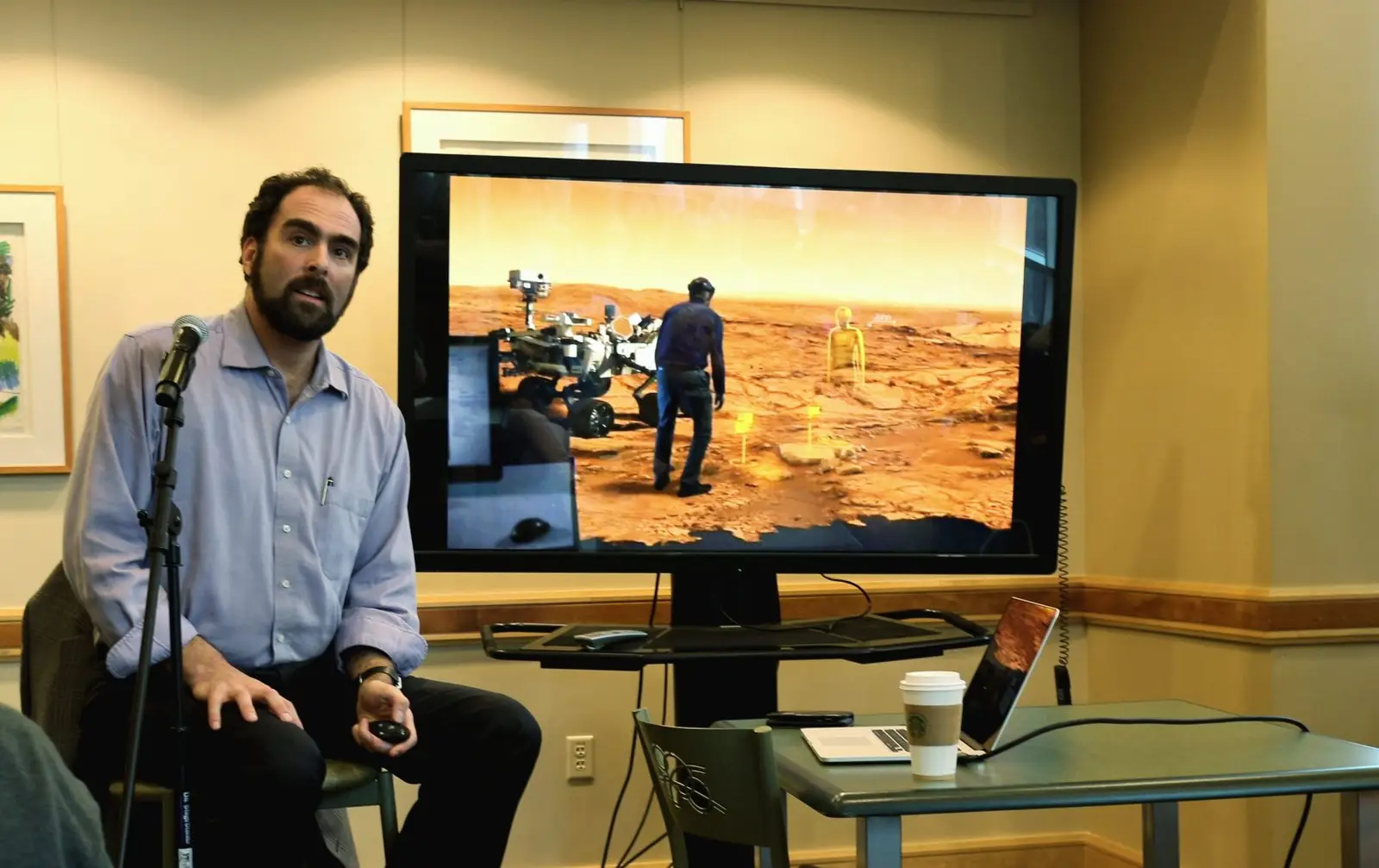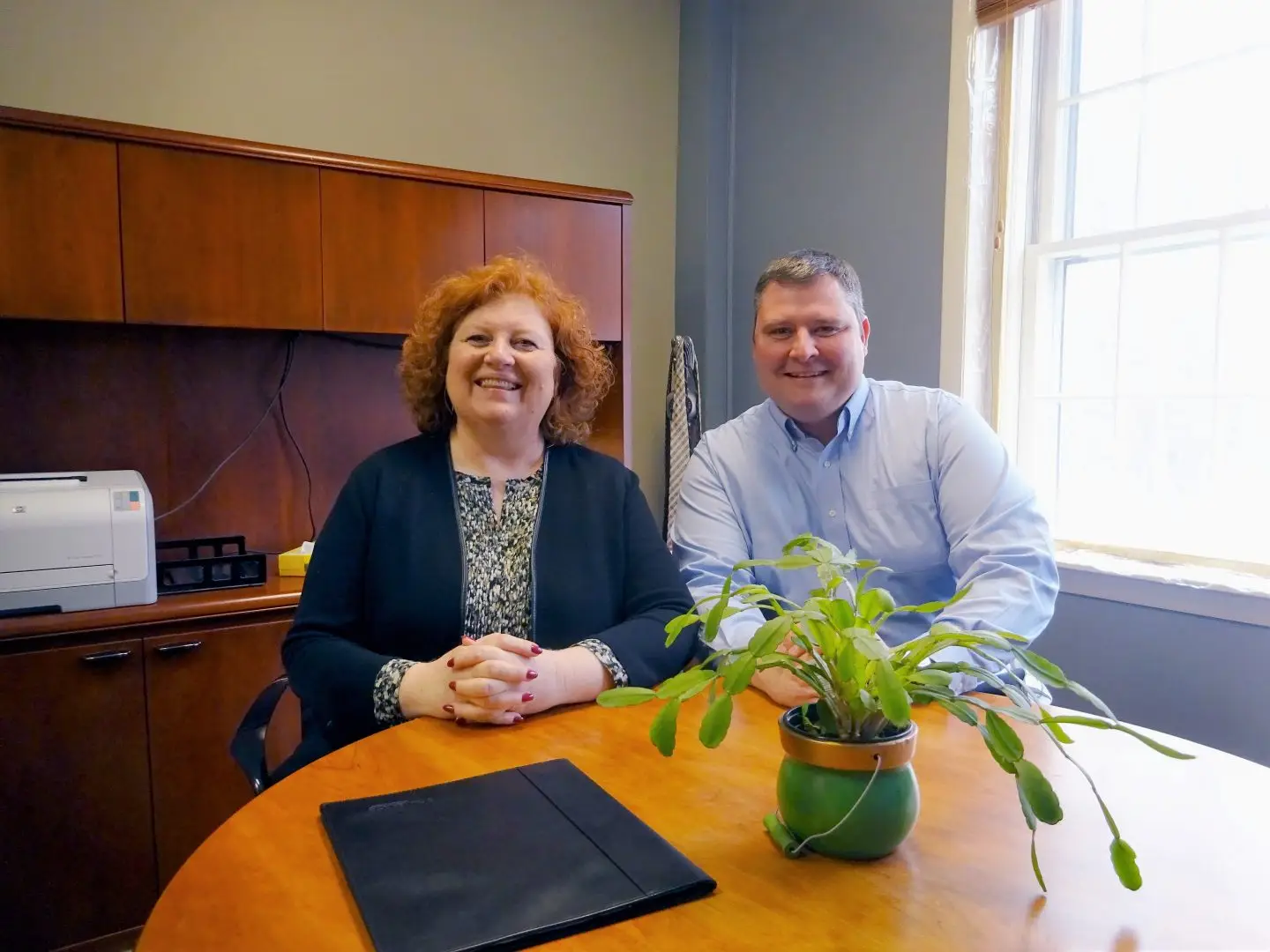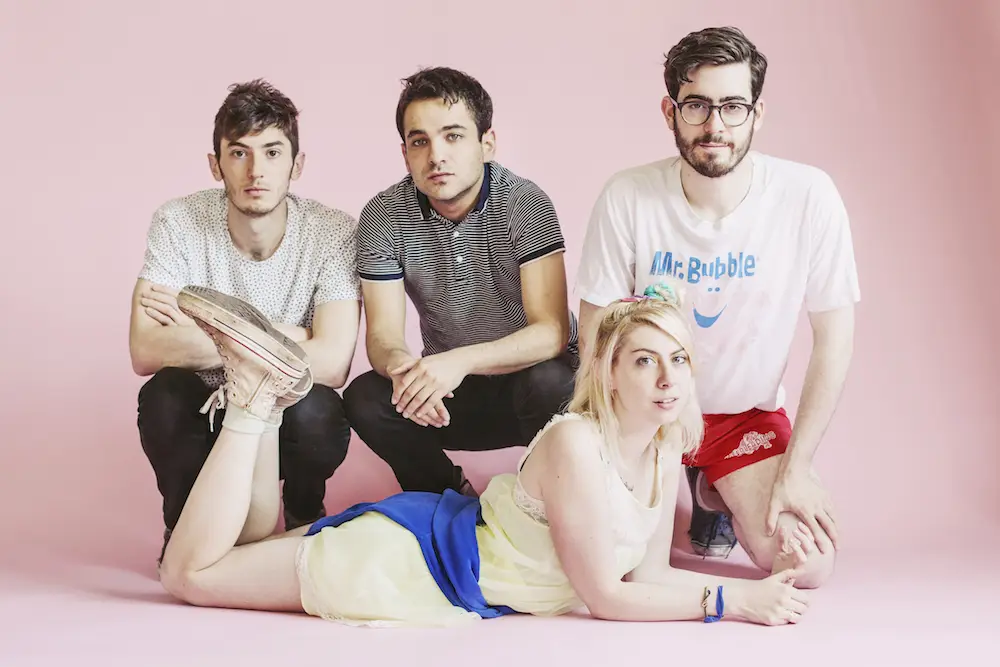The School of Arts and Sciences has opened up a new virtual reality (VR) lab in the Academic Center. To help students get excited about the wealth of possibility in this growing technology, SNHU invited Adam Blumenthal, artist-in-residence of VR at Brown University, to introduce students to VR and its wealth of applications.
“[I want] students to be excited about this new field,” said Blumenthal. “This field is really happening now and it’s going to be a huge career opportunity.”
VR comes in three different flavors. Room VR is created within a specialized room with an array of different projectors (70 in Brown University’s case) and a special set of glasses. Head-Mounted Display VR is coupled with hand controllers, and is the typical high-end consumer setup (like the HTC Vive). A smartphone VR setup uses a peripheral like Google Cardboard, available for as little as $6, and the phones that everybody already owns.
In Blumenthal’s work, he uses each of these for educational applications. For example, he and a group of 14 Brown students recently worked on a VR experience recreating The Gaspee Affair, a 1772 event where Rhode Island colonists burned a British Royal Navy ship.
This project involved the use of a Google Jump camera, loaned to the university, consisting of 16 stereoscopic GoPros and capable of taking 360 degree video. This camera was brought to a number of historic locations to film with real actors.
“One need not be a computer programmer. Among my 14 students last semester ,only four were programmers, the rest were all over the map,” said Blumenthal.
Another technique Blumenthal uses to transport viewers back in time is photogrammetry, using a series of two-dimensional photos stitched together to create three dimensional objects and models.
Jose Hernandez, a game programming major at SNHU with an interest in VR, said, “I think it’s really interesting that you can use photogrammetry to create 3D environments without having to have an artist meticulously model them. Instead, the artist can just go back and touch them up.”
Other applications Blumenthal has worked with include physical therapy machines to aid veterans in adapting to prosthetic limbs and 360 degree recordings of surgical procedures.

“I don’t think [VR] is just the current fad, I think it’s inevitable,” Blumenthal said during his presentation.
Goldman Sachs predicts the industry to be worth $180 billion annually in the next 10 years, while Bank of America predicts $150 billion annually in the next 5, said Blumenthal in his presentation.
Blumenthal is currently working with the University of Arizona to bring to life 16 VR modules for online courses, one of which is an experience in Thomas Edison’s lab in 1890, right after inventing the light bulb. Students will have the ability to explore, experiment, and analyze primary and secondary sources. Included within the program is a virtual notebook that will track students’ progress. Students can then reference these notes when doing their coursework.
The courses are designed to be interdisciplinary. The Edison experience will tie together history and science. Another planned course will center on Shakespeare’s “Julius Caesar.” Students will have the opportunity to perform a crime scene investigation during the piece’s iconic murder. This module will bring together literature, history and science.
Blumenthal finished by strongly encouraging students to check out the VR lab upon its opening.
“No matter what your interest is as far as major or profession, VR is likely to touch it in the near future. Having a little bit of exposure in your college years will better prepare you.”




